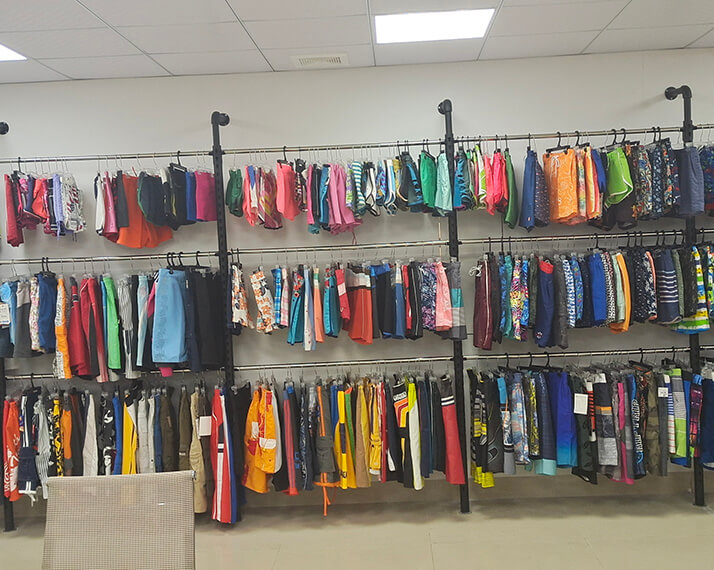
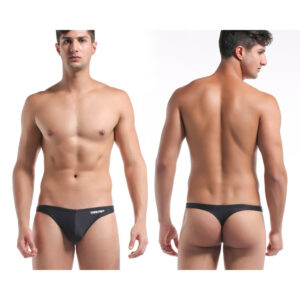
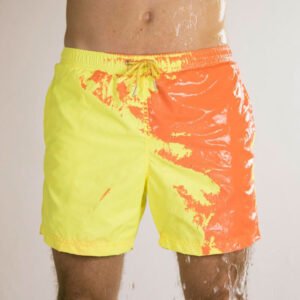
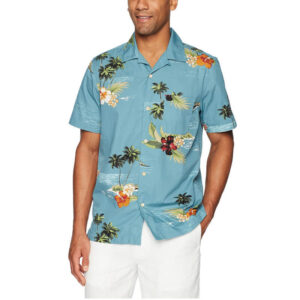
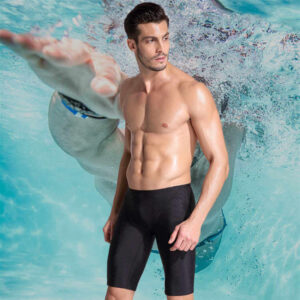
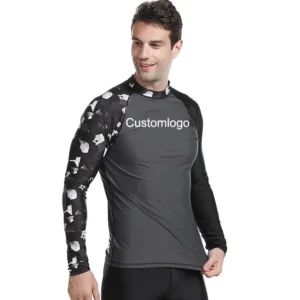
The process of producing men's swimwear from concept to reality can be broken down into the following steps:
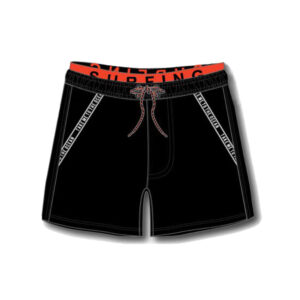
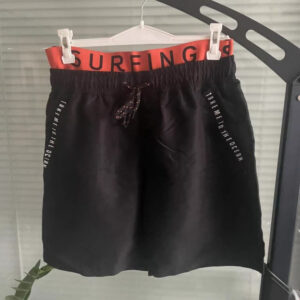
Established in 2006 , Jijiang Spring Imp. & Exp. company is a manufacturer and trader specialized in the research, development and production of all types of women underwear, from bra, panties, shaperwear, lingerie, camisole/slip etc.
We offer oem services for our customer Flux, Primark, Auchan, Ponyschwester, LPP, Disney, Truworth and so on.
We are focusing on lowering impact products such as absorbency period panties to replace menstrual pad, we are using bamboo, modal and recycling polyester fabric for our products, also we are improving the function of our products, antibacterial for whole panties, good stretchy for keep shaping. We would like to keep developing good products with you all!
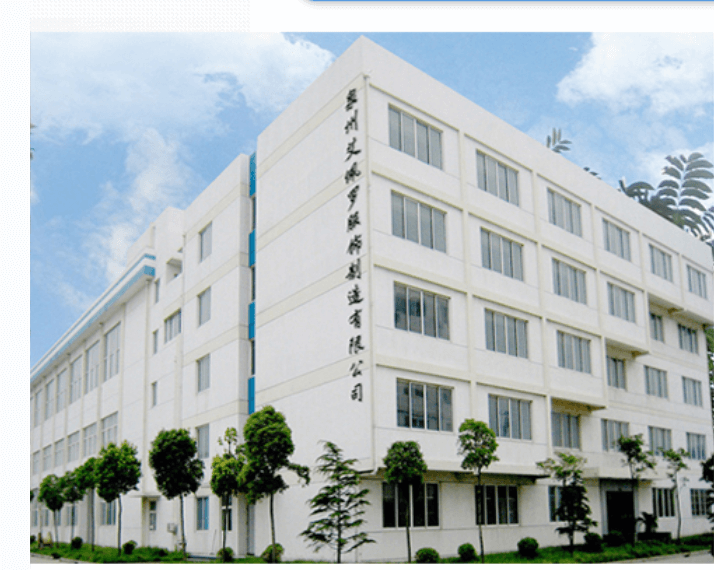
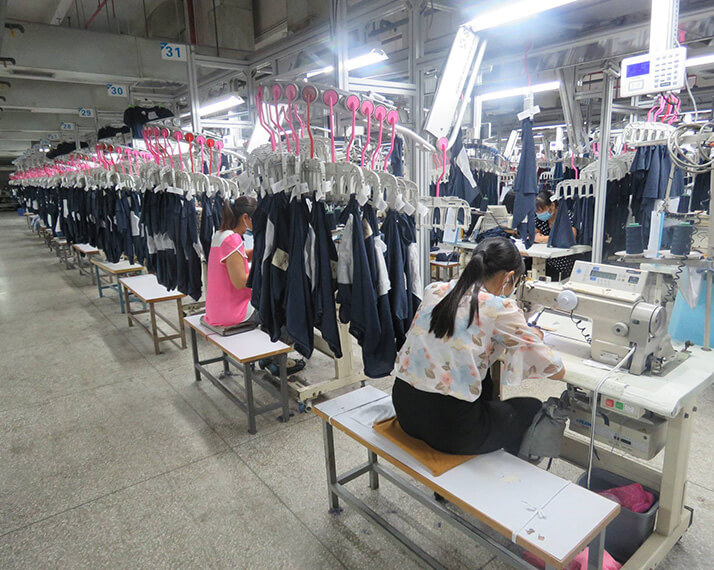

Define your product: Clearly define the product you want to manufacture through OEM. This includes specifications, features, functionalities, and any customized requirements.
Research and select a manufacturer: Conduct thorough research to find a reliable and suitable manufacturer that specializes in producing the type of product you need. Consider factors such as their experience, capabilities, production capacity, quality control standards, and location.
Contact potential manufacturers: Reach out to the selected manufacturers to express your interest in an OEM partnership. Provide them with detailed information about your product, including technical specifications, quantity requirements, and any customization or branding needs.
Request for quotations (RFQ): Ask the manufacturers to provide you with a detailed quotation for the OEM production. The quotation should include pricing, lead times, minimum order quantities (MOQs), payment terms, and any additional charges or conditions.
Evaluate quotations: Carefully review the quotations received from different manufacturers. Compare the pricing, quality assurances, production capabilities, and overall suitability of each option.
Negotiate and finalize terms: If you find a manufacturer that meets your requirements, initiate negotiations to finalize the terms of the OEM agreement. This includes issues such as pricing, payment terms, delivery schedules, quality control measures, intellectual property rights, and any other specific terms or conditions.
Sign a contract: Once the negotiations are complete and both parties agree on the terms, sign a formal OEM contract. It should clearly outline the rights and responsibilities of each party, including product specifications, pricing, order quantities, delivery schedules, quality control processes, and any legal protections or remedies.
Provide necessary documentation: Fulfill any documentation requirements requested by the manufacturer, such as product design files, technical drawings, branding materials, and packaging specifications.
Arrange for prototyping and samples: If necessary, work with the manufacturer to develop prototypes and obtain samples for testing and approval before proceeding with full-scale production. This step ensures that the final product meets your expectations.
Monitor production progress: Maintain regular communication with the manufacturer to stay updated on the progress of your OEM order. Address any issues or concerns promptly to ensure a smooth production process.
Conduct quality inspections: Consider conducting quality inspections during the production process and before shipment to ensure that the products meet the agreed-upon specifications and quality standards.
Arrange for logistics and shipping: Coordinate with the manufacturer to arrange for the logistics and shipping of the finished products to your desired destination. Discuss shipping methods, packaging requirements, and any necessary export/import documentation.
By following these steps, you can initiate and successfully start an OEM order with a manufacturer and bring your product to market. Remember to maintain open communication, clearly define expectations, and establish a mutually beneficial partnership with the manufacturer throughout the entire process.
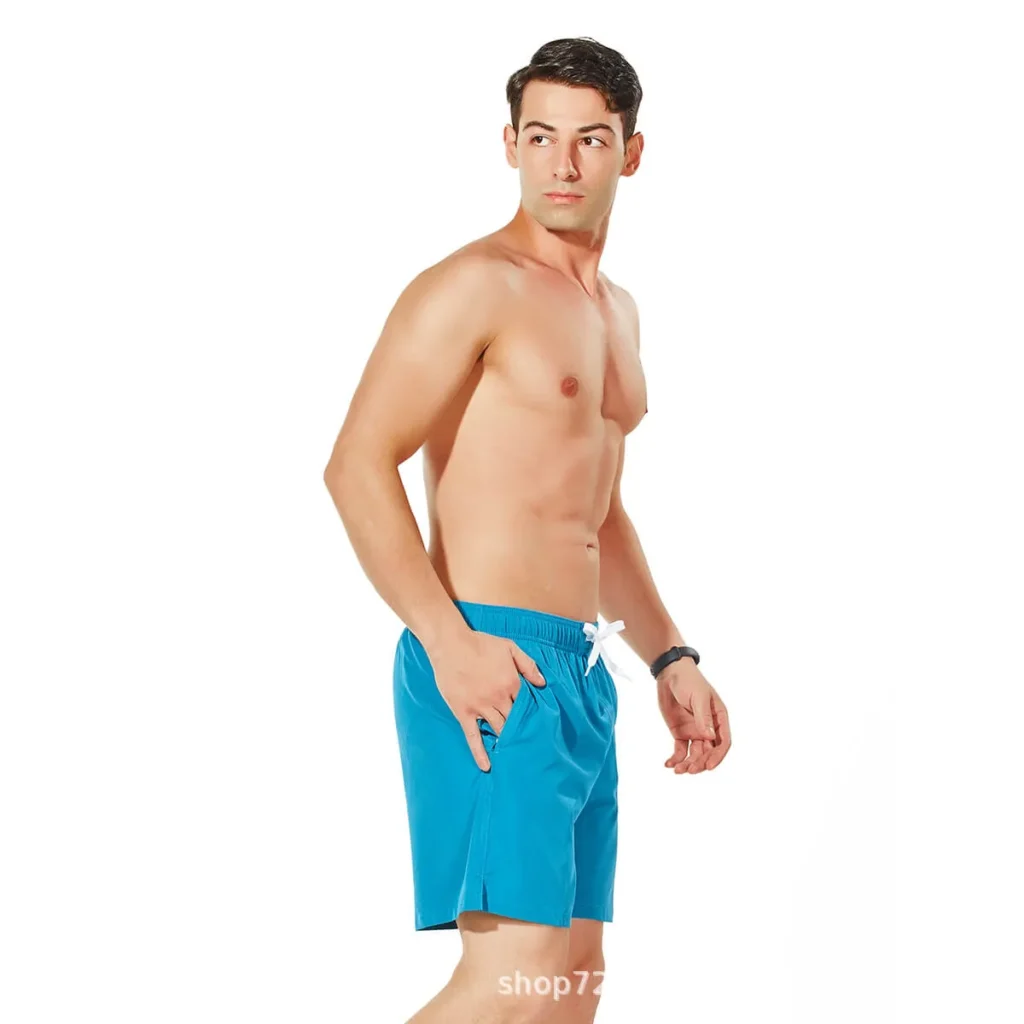
When selecting a manufacturer for an OEM order, several important factors should be considered. These factors can greatly impact the success of your partnership and the quality of the final product. Here are some key considerations:
Manufacturing capabilities and experience: Evaluate the manufacturer's expertise and experience in producing the type of product you need. Assess their manufacturing capabilities, technologies, and equipment to ensure they can meet your requirements.
Quality control standards: Look for manufacturers with robust quality control processes in place. Inquire about their quality certifications, inspection procedures, and adherence to international quality standards like ISO 9001. A commitment to quality will help ensure that the final products meet your specifications.
Production capacity and scalability: Consider the manufacturer's production capacity and ability to scale up production if your demand increases. Ensure they have the necessary resources and capacity to handle your order volume without compromising on quality or delivery timelines.
Cost and pricing: Obtain detailed quotations from multiple manufacturers and compare their pricing structures. However, it's important not to choose the cheapest option solely based on cost. Evaluate the value proposition, including quality, reliability, and additional services provided, to ensure a fair balance between price and quality.
Communication and responsiveness: Effective communication is crucial for a successful OEM partnership. Evaluate the manufacturer's responsiveness, willingness to address your concerns, and ability to communicate clearly in a timely manner. A manufacturer who values open and transparent communication can help avoid misunderstandings and resolve issues effectively.
Intellectual property protection: If your product involves proprietary technology or designs, ensure that the manufacturer has robust intellectual property protection measures in place. Discuss confidentiality agreements, non-disclosure agreements (NDAs), and any other legal safeguards to protect your intellectual property rights.
Location and logistics: Consider the manufacturer's location in terms of proximity to your target market and shipping logistics. A manufacturer located closer to your market can help reduce shipping costs and lead times. Additionally, evaluate their shipping capabilities and experience in managing international logistics if applicable.
Financial stability and reliability: Assess the manufacturer's financial stability and reputation in the industry. A financially stable manufacturer is more likely to fulfill their commitments and invest in the necessary resources to meet your production needs.
References and reviews: Request references from the manufacturer and reach out to their existing or previous clients to gather feedback on their performance, reliability, and overall satisfaction. Online reviews and ratings can also provide insights into their reputation and track record.
Cultural compatibility and ethical considerations: Consider cultural compatibility and ethical considerations when selecting a manufacturer. Assess their commitment to responsible manufacturing practices, labor standards, environmental sustainability, and social responsibility. A manufacturer aligned with your values can contribute to a mutually beneficial and sustainable partnership.
By carefully considering these factors, you can make an informed decision when selecting a manufacturer for your OEM order, increasing the chances of a successful collaboration and the delivery of high-quality products.
When evaluating manufacturers for responsible manufacturing practices, consider the following aspects:
By considering these responsible manufacturing practices, you can identify manufacturers that align with your values and contribute to sustainable and ethical production processes.
When evaluating OEM manufacturers, consider the following key factors:
By considering these factors, you can effectively evaluate OEM manufacturers and select a partner that aligns with your requirements, quality standards, and business goals.
